There can be your advertisement
300x150
7 Useful Tips for a Healthy Microclimate
If you often get sick or can't relax at home, check the microclimate in your apartment. We've put together a special checklist.
Measure the level of illumination
Why is this important? Proper lighting affects our health and mood. Darkness in a room brings sadness, while glare and brightness irritate.
How to measure the level of illumination? Invite a specialist with a lux meter.
If the readings are much higher or lower than 500 lux, then the lighting is out of order.
It's too dark or too bright at home. What to do? If there is not enough light (for example, due to poorly placed windows), buy energy-saving bulbs, change the wallpaper and curtains to lighter colors, repaint the ceiling white, and add mirrors.
If there is too much light, apply sun protection film to the windows, buy blackout curtains, and experiment with the color and material of furniture: to scatter excess light and prevent surfaces from heating up.
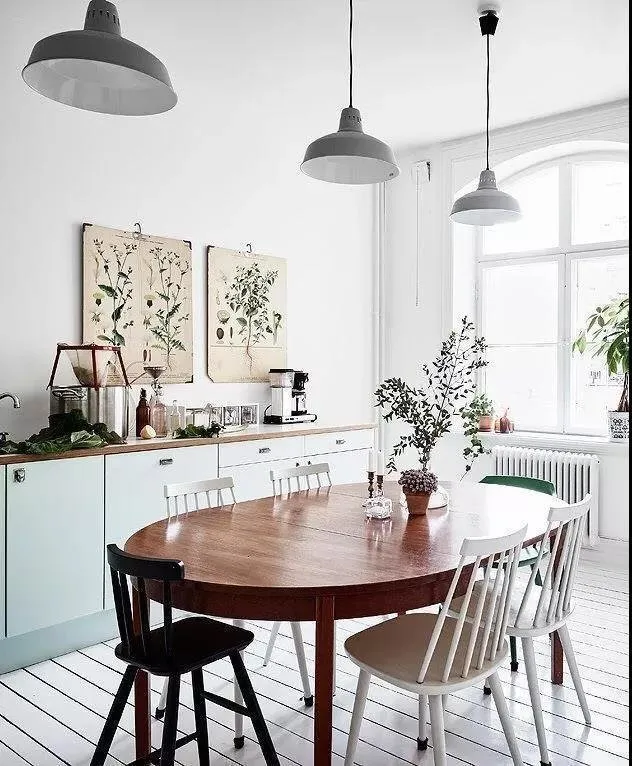
Check humidity
Why is this important? Excess moisture makes the house constantly damp, wallpapers swell, and residents often get sick. Lack of humidity damages furniture, causes parquet to crack, and leads to skin problems, especially in children.
How to measure humidity levels? The optimal humidity for a living room according to standards is 40–60%, and for a child's room — 50%. Install a hygrometer for a day to see where the readings deviate.
The air in the home is too dry or too humid. What to do? Buy a humidifier or set up a large aquarium with fish. For humid rooms, an air dehumidifier will work.

And temperature
What should the optimal air temperature be? Let's look at the SanPin document: during cold weather, it should be 20–24°C; in summer — no more than 25°C. But it's not that simple: many homes are built with technical violations — drafts and gaps appear, and construction materials are chosen without following GOSTs.
It's very cold in winter and too hot in summer. What to do? You can get by with simple methods: in winter, insulate walls, install a warm floor, and call a specialist to check the windows for airtightness. In summer, an air conditioner, fan, and indoor plants will help. Another option is to install a thermostat and control the temperature in your apartment with one button. More tips can be found in our article about heat.
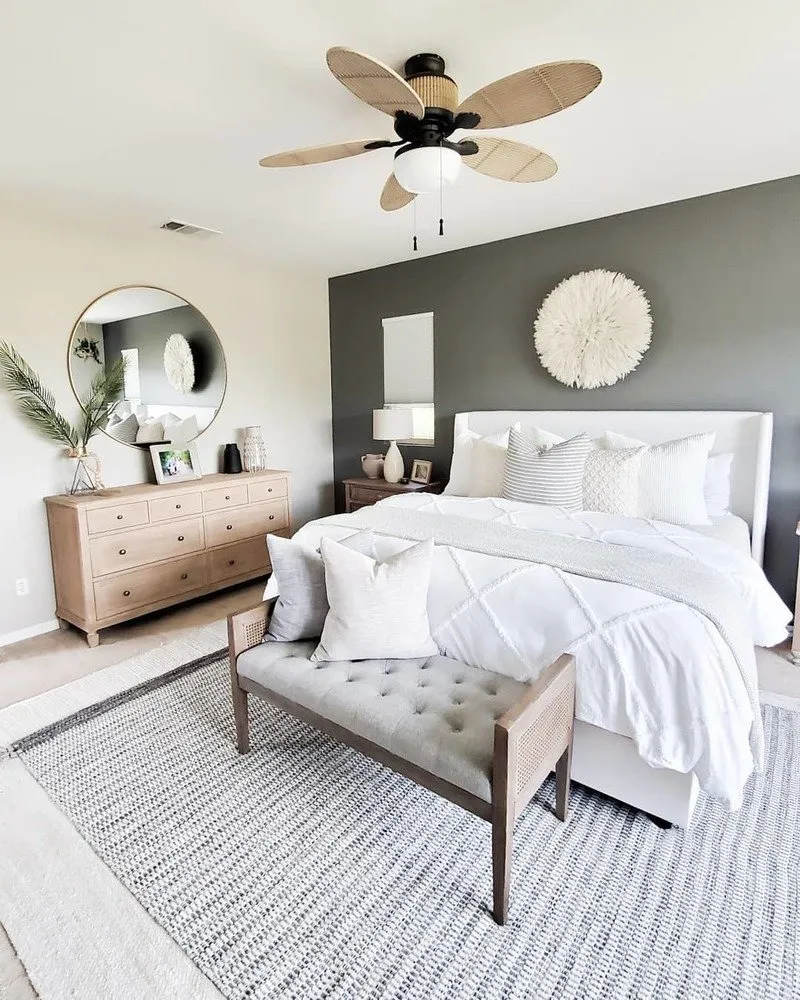
Check ventilation
Why is this important? If there's constant noise and drafts in the apartment, everyone gets sick, and if the air doesn't circulate, it's hard to breathe, headaches occur frequently, and chronic fatigue accumulates.
What should the speed be? According to standards, the air movement in summer should not exceed 0.25 m/s, and in winter — 0.15 m/s.
How to measure it? With the help of an electronic anemometer — it will tell you what's wrong with the ventilation. A specialist can suggest how to solve the problem.

See how much dust you have
Where does dust come from? It doesn't only come from outside. Dirt from shoes, mold, bacteria, and skin flakes are also sources of dust.
How to deal with it? You can install air purifiers with powerful carbon filters. But don't expect miracle effects. It's better not to forget about the classic deep cleaning once a month: wipe surfaces with damp cloth, shake out carpets, wash floors, launder soft toys, and vacuum more often.
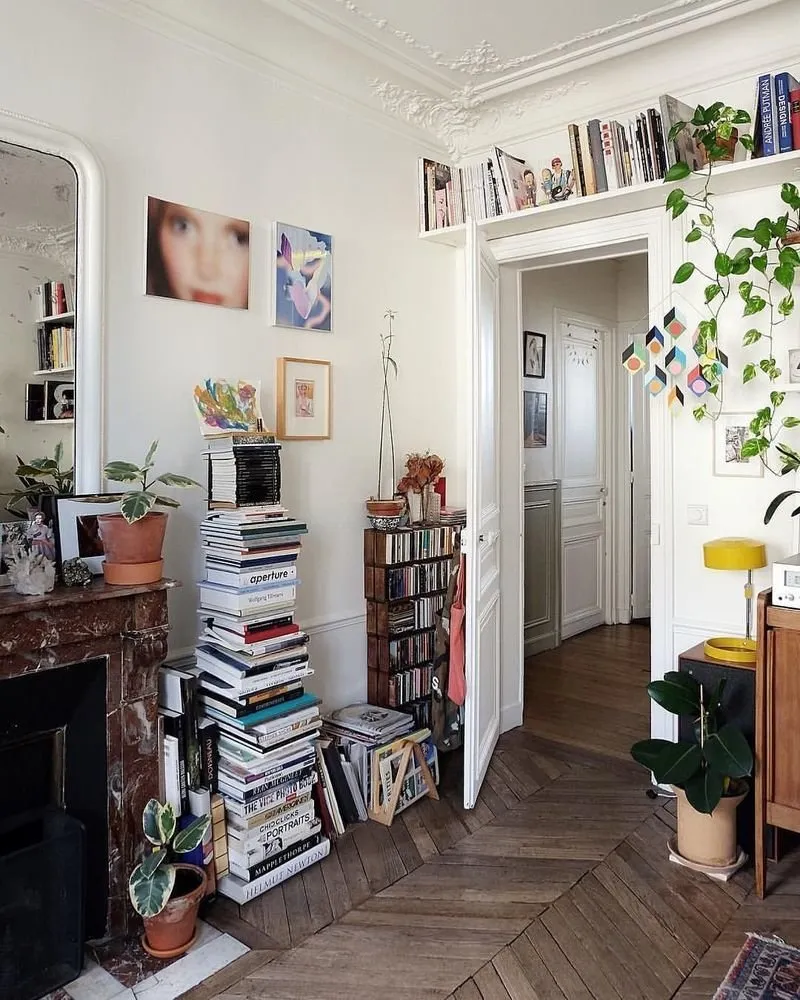
Measure oxygen levels
Why is this important? Lack of oxygen reduces immunity, causes oxygen starvation in the body, and decreases work capacity.
What is the norm? The generally accepted standard is 21%.
How to deal with low oxygen levels? An air ionizer will help: it saturates oxygen with ions. Breathing becomes easier this way. But remember: the room should be ventilated at least occasionally. A mini-garden will also help: you can plant aloe and a couple of palms.
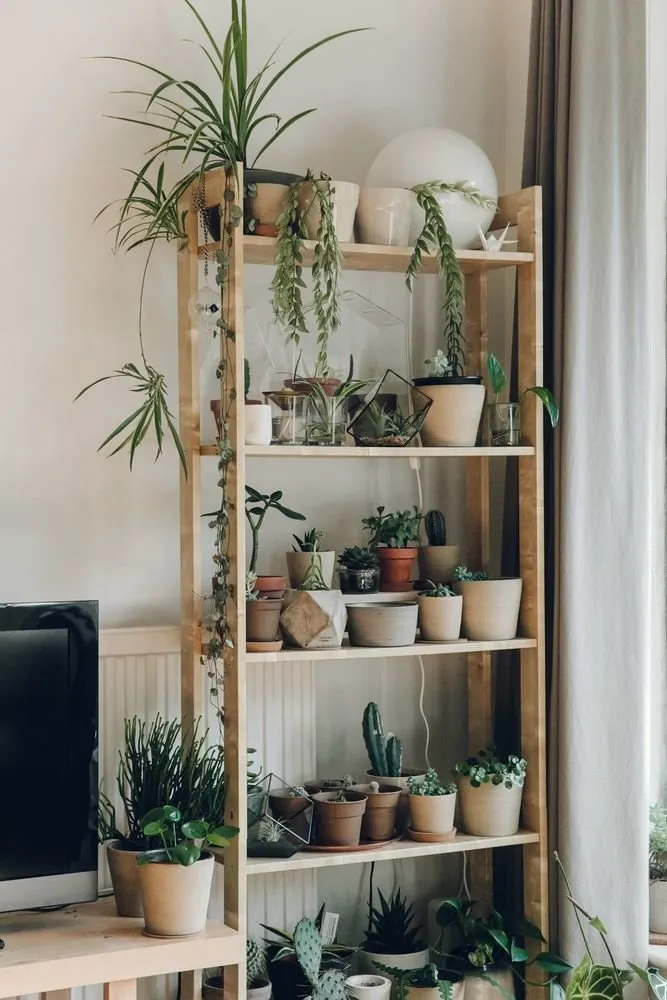
And noise
Why is this important? Noise affects our psychological and physical health: it causes stress, neuroses, and irritability.
What is the acceptable noise level in an apartment? According to standards, daytime noise should not exceed 70 dB, and evening noise — 60 dB.
How to deal with noisy neighbors? Soundproofing and sound-absorbing panels will help. If renovation is only planned, think about buying acoustic foam in advance: the house will become as quiet as a recording studio. If neighbors are constantly noisy, read our article to resolve the issue legally.
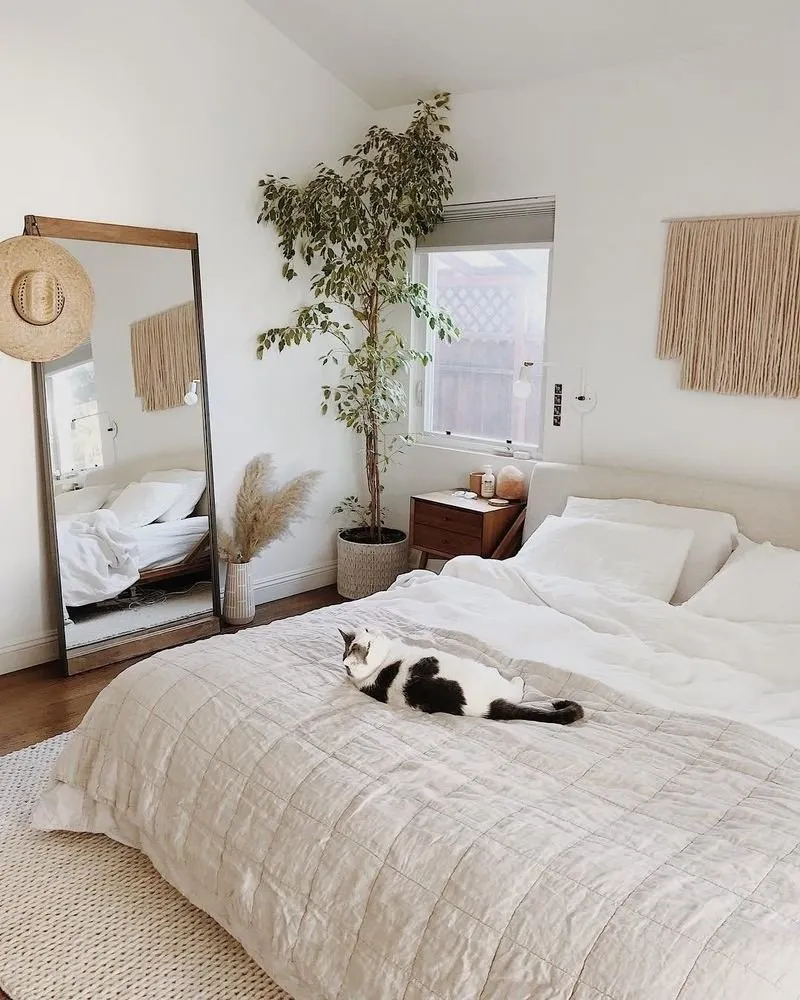
More articles:
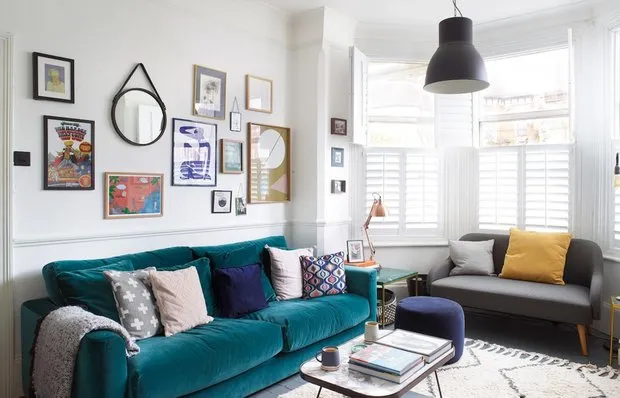 Making Home Repairs and Saving Money: Real Example from London
Making Home Repairs and Saving Money: Real Example from London 6 Simple and Free Interior Design Apps
6 Simple and Free Interior Design Apps Kitchen on Order: 20 Tips for Creating the Perfect Kitchen
Kitchen on Order: 20 Tips for Creating the Perfect Kitchen How to Save Your Garden on the Dacha in Hot Weather: 5 Ideas from Australia
How to Save Your Garden on the Dacha in Hot Weather: 5 Ideas from Australia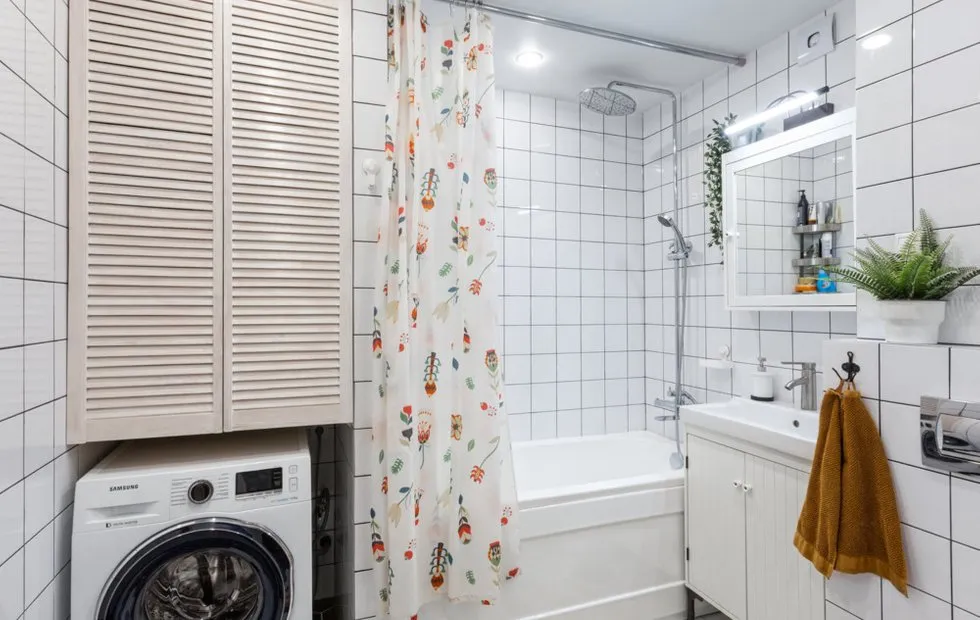 Design Battle: Two Ways to Place a Laundry Area in a Standard Bathroom
Design Battle: Two Ways to Place a Laundry Area in a Standard Bathroom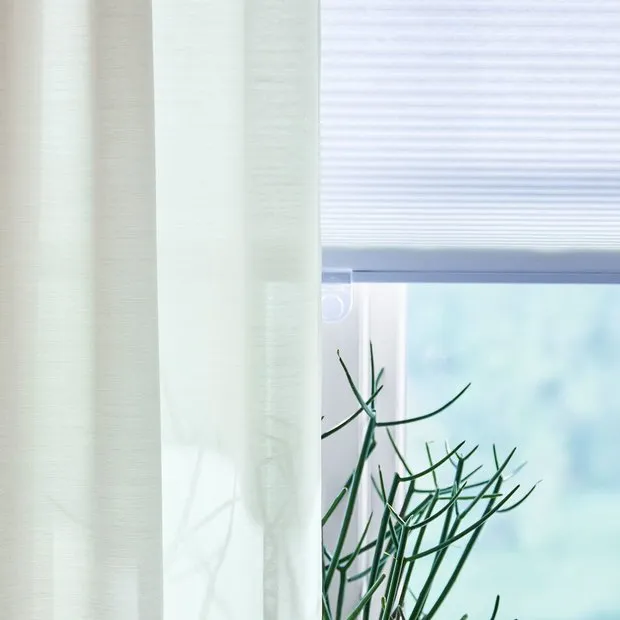 22 IKEA Tips for Home Ecology and Budget Saving
22 IKEA Tips for Home Ecology and Budget Saving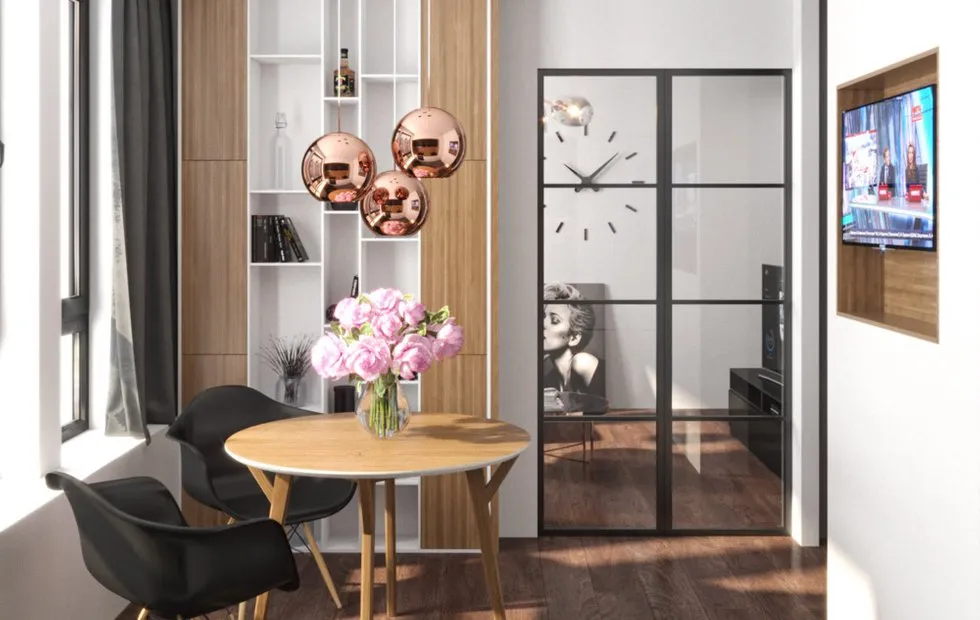 How to Find Space for a Bedroom in a Panel One-Room Apartment
How to Find Space for a Bedroom in a Panel One-Room Apartment Checklist: What to Do at Home Before Going on Vacation
Checklist: What to Do at Home Before Going on Vacation